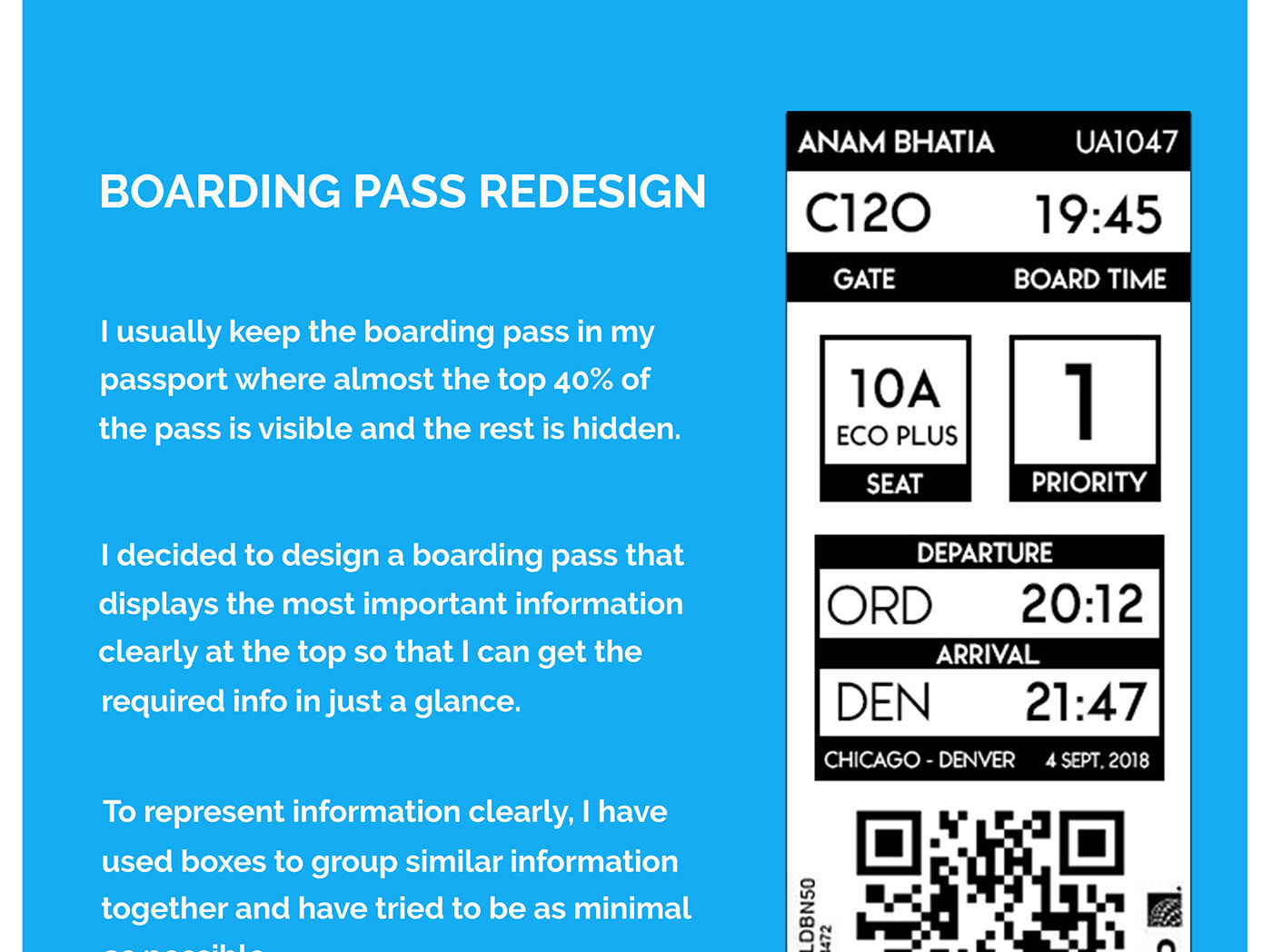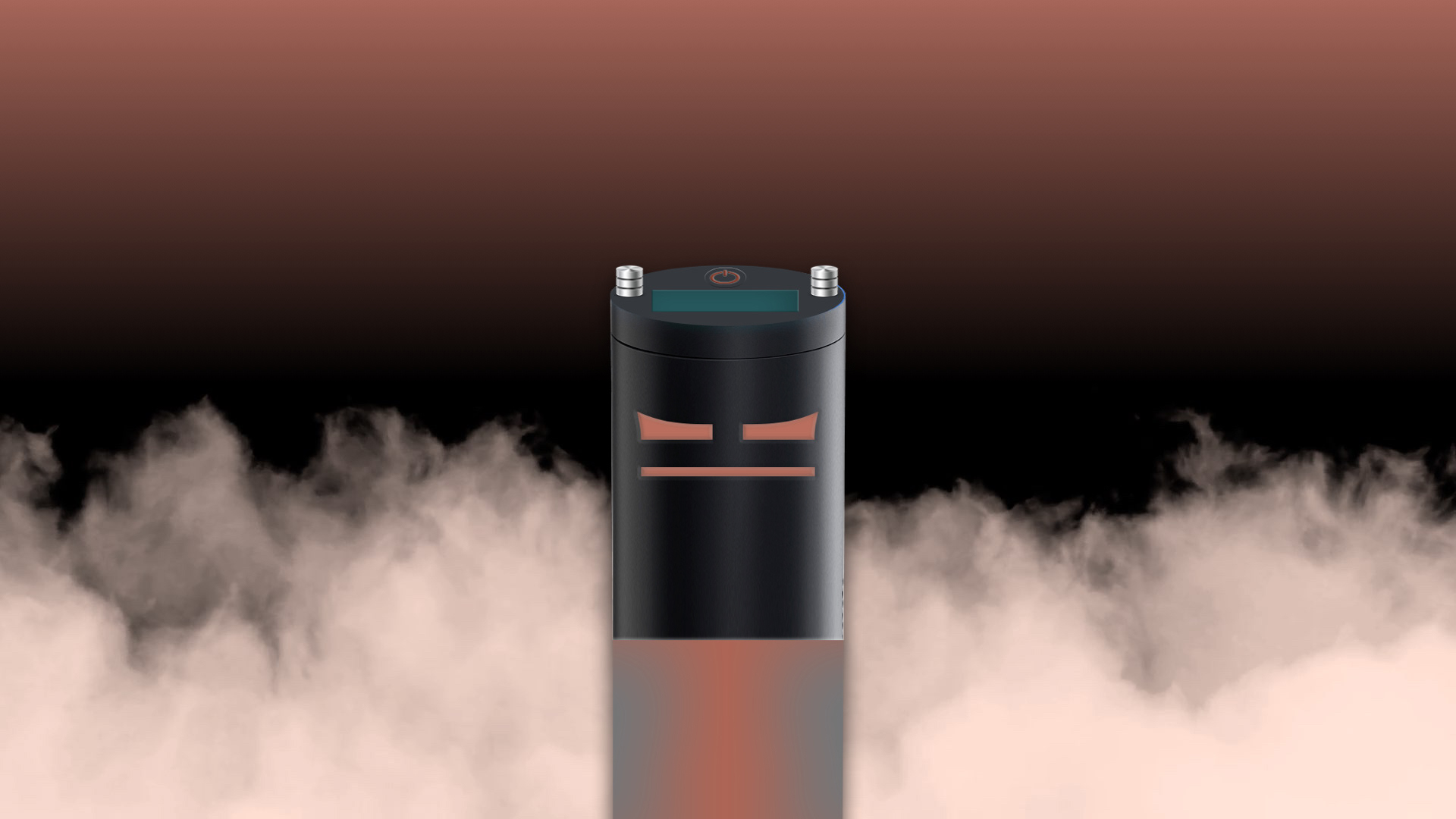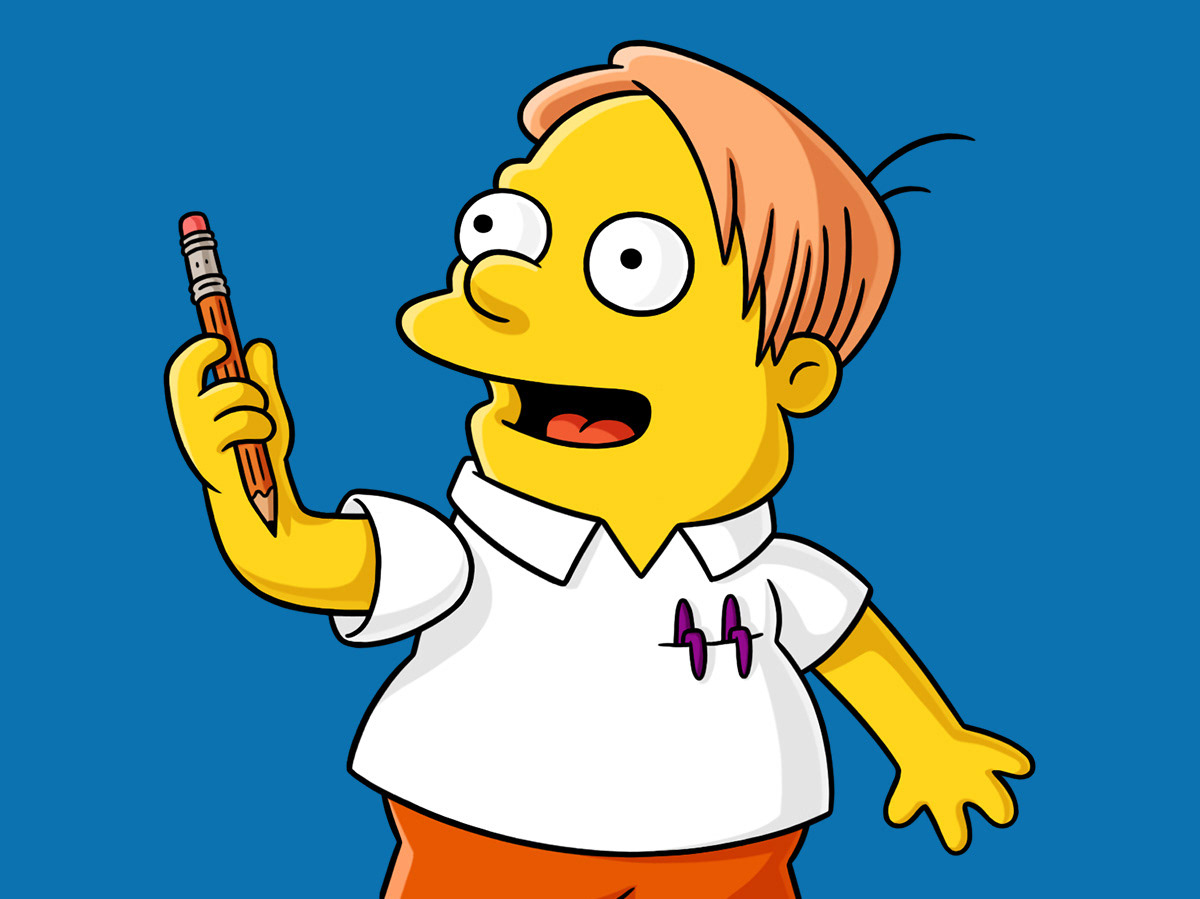

The Problem
No transportation facility available from IIIT-Delhi to the nearest metro station (1.2 miles away) not only affects the students’ ease of travel but also makes it harder for them to stay till late at college due to safety concerns in and around the area. A system needed to be designed that ensured a student's safe and comfortable travel to the metro from the college premises.
The Solution
Ten Rupee Ride is a mobile application which allows IIIT-Delhi students and faculty with private vehicles to give day scholars (using public transport) a ride to the nearest metro station either for free or for a small fee of 10 Rupees.
Find-A-Ride and Give-A-Ride are the two main features of the app. Find-A-Ride helps students without private vehicles book a ride to the metro station, and Give-A-Ride provides an opportunity to students and faculty (with private vehicles) to share their rides with the students in need.
Learning Outcomes
1. I am now more aware of the benefits of effective User Research.
2. Got an in depth understanding of various design processes and user research methods.
3. Recognized the importance of exploring different ideas and thinking out of the box.
4. Realized that I needed to improve my sketching skills for better lo-fed visuals.
5. Really confident with my Sketch skills.
The Complete Design Process
Stanford D.School Design Process
From initial field studies of the IIITD campus to final execution, the user is always at the centre of the design process. I decided to follow this process as I aimed to work both on “problem-finding” as well as problem-solving.
STAGE 1 : EMPATHIZE
Informal interactions with the IIIT-Delhi students along with observations of the physical environment helped me identify problems currently faced by the college community.


The problems identified were clustered and classified using Space Saturate and Grouping and classified into the following 5 categories:
STAGE 2 : DEFINE
Based on the grouping I was able to narrow down the problem to Transportation Issues faced by day scholars everyday.
Empathy Mapping helped me analyze and synthesize the chosen problem area and draw out important insights to further lead to the problem statement.

PROBLEM STATEMENT
“No transportation facility available from college to the nearest metro station not only affects the students’ ease of travel but also makes it harder for them to stay till late at college due to safety concerns.”
STAGE 3 : IDEATE
Brainstorming and corresponding feasibility analysis helped me shortlist possible solutions.
Interviews were conducted with college students to get an idea as to what the stakeholders expect from the possible solution. Figure below display the insights and analysis from the user research process.
STAGE 4 : PROTOTYPE AND TEST
Testing and Prototyping go hand in hand. The following process helped me come up with the final prototype of the mobile application.
User flow along with the card sorting activity helped in finalizing what is important and how the user will progress through the application. The final Information architecture is as shown below.
Lo-fed prototyping using Proto.io helped in creating an application flow along with placement of icons, buttons and other UI features.
User Testing of the prototype was conducted to identify the confusion in flow and interface elements
Based on the feedback received from the user testing phase, I was able to create Hi-fidelity prototypes of the application using Sketch.







